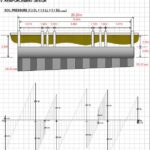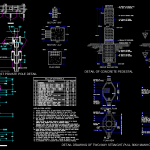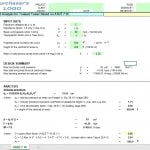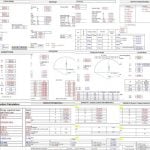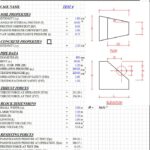
Examples in Structural Analysis Second Edition
24 February 2018Examples in Structural Analysis Second Edition
The design of structures, of which analysis is an integral part, is frequently undertaken
using computer software. This can only be done safely and effectively if those undertaking
the design fully understand the concepts, principles and assumptions on which the
computer software is based. It is vitally important therefore that design engineers develop
this knowledge and understanding by studying and using hand-methods of analysis based
on the same concepts and principles, e.g. equilibrium, energy theorems, elastic,
elasto-plastic and plastic behaviour and mathematical modelling.
In addition to providing a mechanism for developing knowledge and understanding,
hand-methods also provide a useful tool for readily obtaining approximate solutions during
preliminary design and an independent check on the answers obtained from computer
analyses.
most widely used in typical design offices, e.g. method-of-sections/joint resolution/unit
load/McCaulay’s method/moment distribution/plastic analysis etc.
In Chapter 7 a résumé is given of the direct stiffness method; the technique used in
developing most computer software analysis packages. The examples and problems in this
case have been restricted and used to illustrate the processes undertaken when using
matrix analysis; this is not regarded as a hand-method of analysis.

